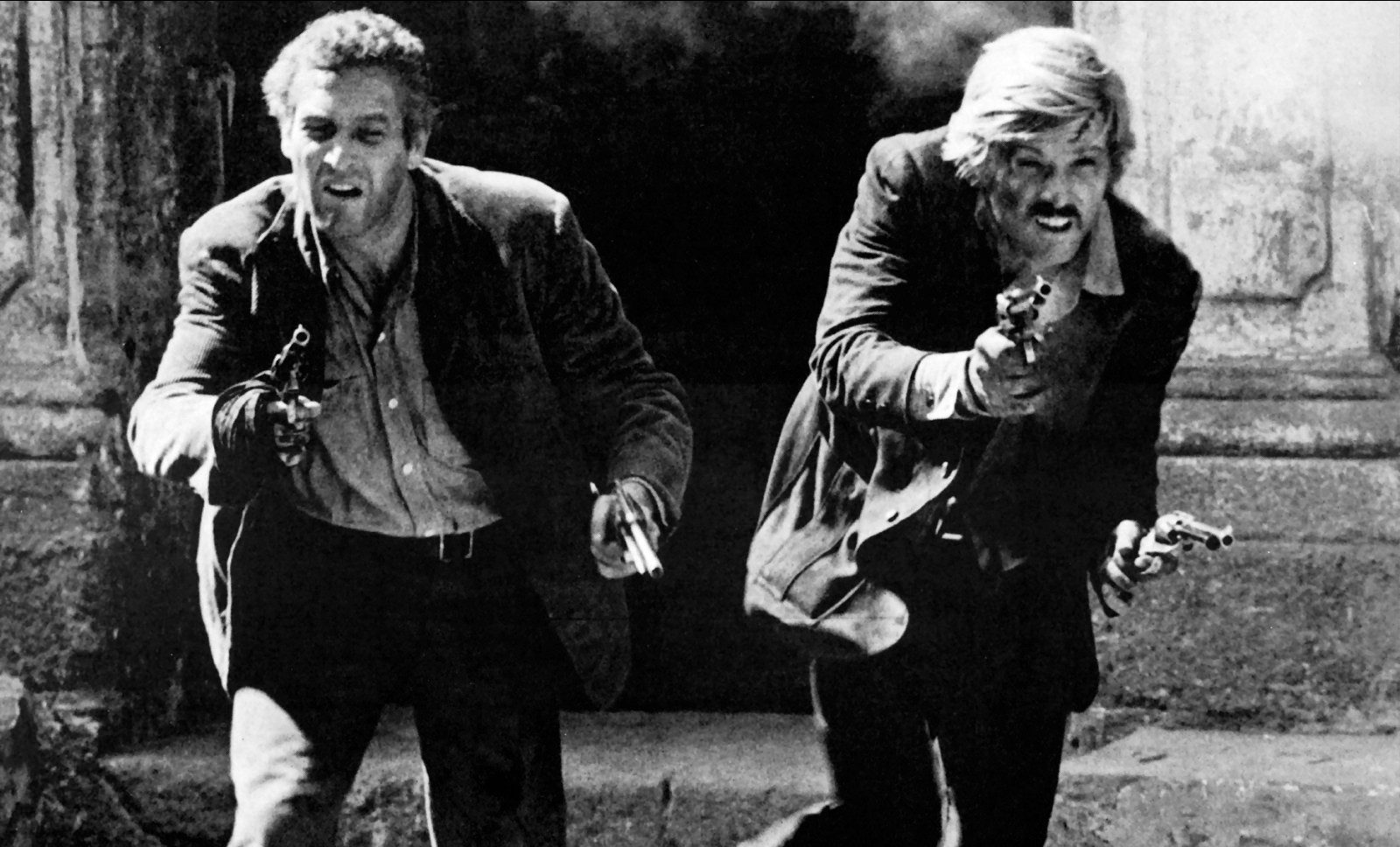
THINK of Butch Cassidy and The Sundance Kid and most likely an image of Paul Newman and Robert Redford will come to mind.
But behind the Hollywood glitz of the 1969 Oscar winner — which saw Redford (as The Sundance Kid) riding a bike as Raindrops Keep Fallin’ On My Head played on the soundtrack — was the true story about a gang of notorious criminal outlaws in the Wild West.
Butch Cassidy was born Robert Leroy Parker in April 1866 in Utah, the eldest of 13 children born to British immigrants.
He left home in his early teens and was said to have picked up his nickname after briefly working as a butcher.
Harry Alonzo Longabaugh, aka The Sundance Kid, was born in Pennsylvania a year after Butch.
In 1887, he stole a gun, horse and saddle from a ranch in Sundance, Wyoming, having headed west five years earlier with his cousin, George.
As he attempted to flee, he was captured by authorities and sentenced to 18 months in jail. It was while he was locked up that he took on the nickname, The Sundance Kid.
After serving jail time for stealing horses, in 1896 Cassidy established The Wild Bunch, a group of criminals that included The Sundance Kid.
The gang achieved notoriety for carrying out the longest string of successful train and bank robberies in US history.
But the pressures of being constantly on the run, most notably being pursued by the Pinkerton Detective Agency, saw Butch, The Sundance Kid and The Kid’s girlfriend, Etta Place, flee to South America in early 1901.
They travelled to Argentina and later Bolivia, where the law finally caught up with them.
On November 3, 1908, near San Vicente, a courier carrying his company’s payroll was attacked and robbed by two masked American bandits believed to be Butch and Sundance.
They lodged in a boarding house, where the owner became suspicious and notified the authorities.
Three nights later, on November 6, the lodging was surrounded by soldiers, police chief and the mayor, and a gunfight ensued.
When the shootout ended, the authorities entered to find two dead bodies.
They were unable to identify the men, who were later buried in the local cemetery. Attempts to find the unmarked graves have been unsuccessful.
Rumours have long claimed that the duo somehow escaped and eventually returned to America, where they spent the remainder of their lives.
Whether fact or fiction, it’s an appropriate way for the legend of the robbers to live on.

Enjoy the convenience of having The Sunday Post delivered as a digital ePaper straight to your smartphone, tablet or computer.
Subscribe for only £5.49 a month and enjoy all the benefits of the printed paper as a digital replica.
Subscribe